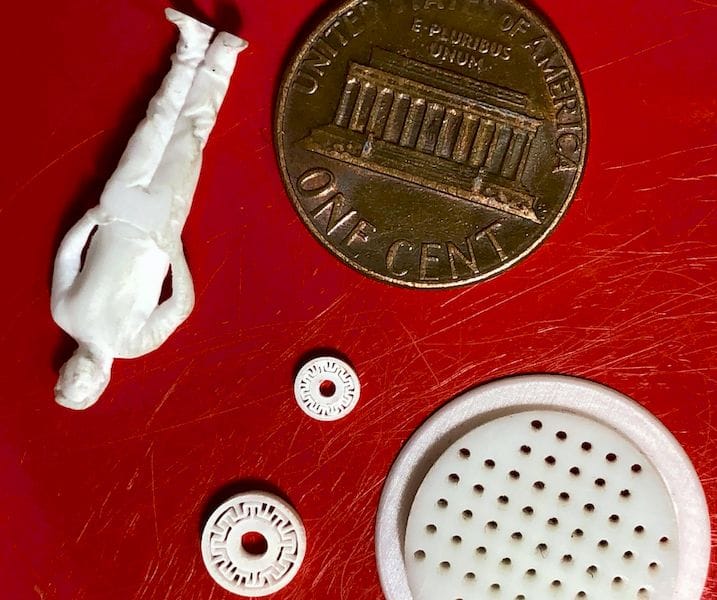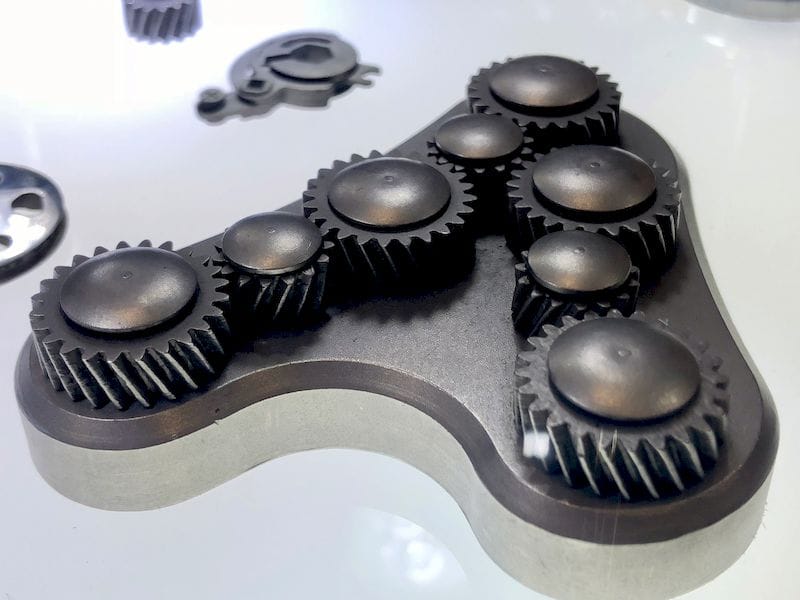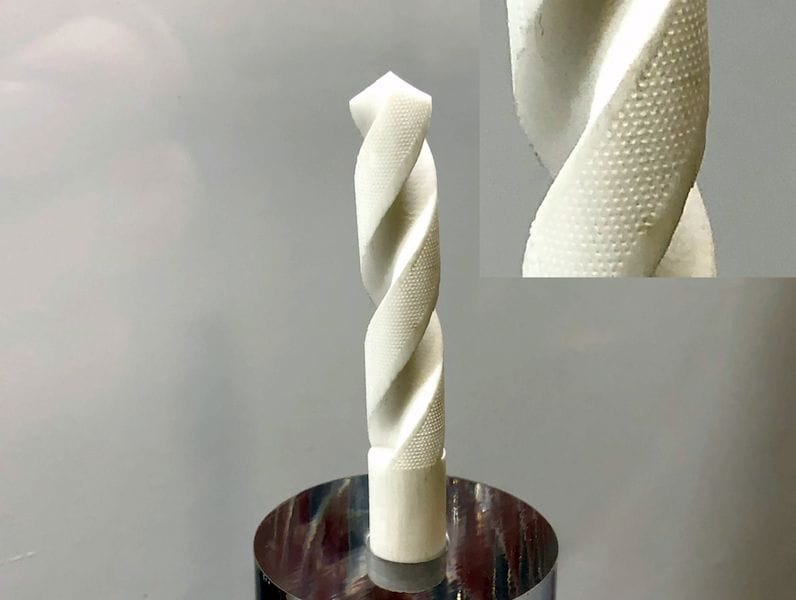
There is another level of 3D printing that no one has yet attained.
I’ve written extensively about the notion of voxel-level control, in which a 3D printer is able to literally control the material deposited in each and every voxel. This capability dramatically raises the potential of the 3D printer to enable the production of objects whose designs we have hardly yet explored.
Currently there are only a small handful of companies that offer 3D printers capable of true voxel-level control, and we may see more emerge as new technologies and approaches are devised.
These companies control voxels, but what exactly is a voxel? In these cases, companies simply declare a voxel to be the smallest three dimensional volume their particular machine can deposit material reliably. For some machines, this is sub-millimeter level, but it clearly varies between machines.
What is the “ultimate voxel”? I’d say it’s a single molecule. Imagine a voxel being a molecule – implying that you could, if a machine had a sufficient variety of molecular material, 3D print objects to ridiculous levels of precision and even function.
That level of 3D printing is definitely very far off, as I have not heard of any developments in that area. On the other hand it may never be really necessary.
Many parts are produced with a heck of a lot of consecutive identical molecules. That wrench you just 3D printed (we all 3D print wrenches, don’t we?) is composed of zillions of identical molecules of the material, and with good reason. The structure of the wrench requires bonds between the identical molecules to effect its functional performance.
So it is likely we may never get to single molecular 3D printing, but we may see approaches towards that level in order to achieve better resolutions and in particular to implement 3D printed electronic circuitry.
One company that seems to be getting close to that level might be XJET, who recently announced their company is shifting from research and development mode into production mode where their machines will be available for general purchase.

Currently they offer both ceramic and metal 3D printing options with incredibly high resolution. This image, of a fun gear toy, is made entirely from 3D printed metal and was printed as a single part. It operates very smoothly right out of the printer.
Their technology is quite interesting, as it uses high resolution inkjet to selectively deposit water droplets containing a few thousand nanoparticles of a material. This would be their equivalent of a voxel.
While they are currently 3D printing only single materials, it seems to me that their technology could very likely implement a voxel-level control system by adding more inkjets, materials and appropriate software.
If they did so, they might end up with the machine boasting the smallest controllable voxel in the 3D print universe.
While this is more than likely not on their current product development roadmap, it could prove very interesting in the future. Above you can see some sample images of their current resolution capabilities, which are quite incredible.

They’re exploring many different applications of their current technology, including this crazy vented ceramic drill bit. You have to look very closely to see the vents, but they are there.
Imagine if one could control the materials in a part at this level of tiny voxel.
Via XJET

